Generosity: The Revolutionary Foundation for Buddhist Practice
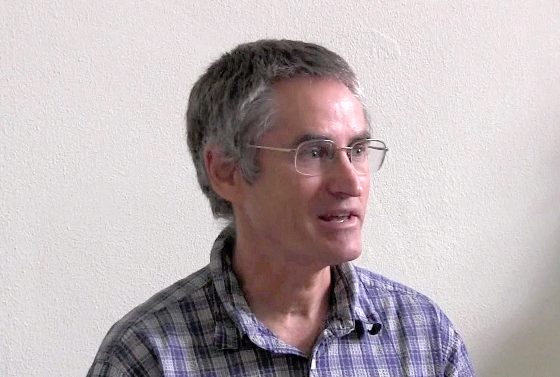
Gil Fronsdal will discuss the radical nature of dana, how it can be practiced, and its connection to the path of liberation.
Video teachings with contemporary Buddhist teachers

Gil Fronsdal will discuss the radical nature of dana, how it can be practiced, and its connection to the path of liberation.

In the Shambhala Buddhist tradition, there is a saying, “Unless we understand the nature of fear, we cannot know fearlessness.” In this retreat, Gaylon Ferguson, Ph.D, will outline a step-by-step approach to engage fear as a direct path to transforming ourselves and our world.

Modern historical study challenges much in the Buddhist tradition, but understanding Buddhist history can enrich our practice by demonstrating how Buddhist teachings and institutions are themselves impermanent and contingently arisen. This examination of Buddhist history may lead to a less sectarian appreciation of dharma and open up Buddhism to a richer dialogue with the contemporary world.
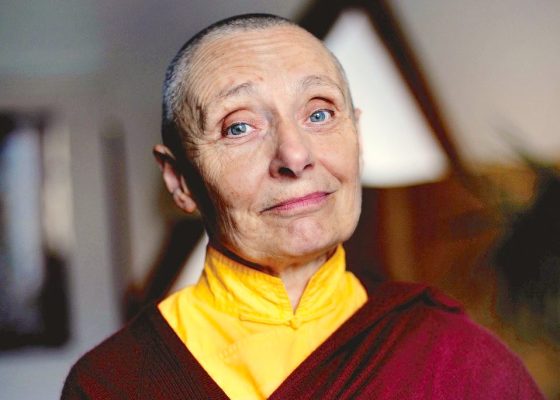
Jetsunma Tenzin Palmo, the renowned nun in the Tibetan Buddhist tradition, will lead us on a study of the Eight Worldly Concerns—which we might also call the eight anxieties or “hang-ups.” jetsunma lists them as gain and loss, praise and blame, good reputation and bad reputation, and pleasure and pain. Overcoming our anxieties about these worldly concerns liberates tremendous amounts of energy for finding our true purpose and our innate perfection.
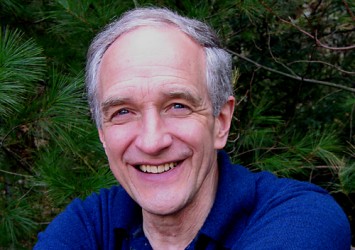
Vipassana teacher Rodney Smith gives a dharma talk series on how we must move from the paradigm of self and self-centeredness into selflessness.

The Five Hindrances are obstacles that arise in our meditation practice—and in our lives—that throw us into confusion. They are: Desire, Aversion, Laziness, Restlessness, and Doubt. Each of them has its own way of knocking us off the path of practice, and yet, dealing with the Hindrances is our practice. If we had no negative emotional states to confront, we wouldn’t be on the spiritual path at all!
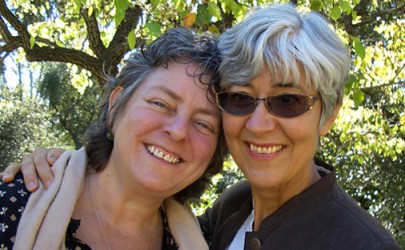
The Buddha taught ‘letting go’ as an essential part of the path to true fulfilment. His message seems to go against the grain of our unspoken assumption that happiness comes from acquiring—relationships, wealth, kudos, fame, convictions, etc. In this series of talks, we’ll look at why letting go might just be the best thing to do.
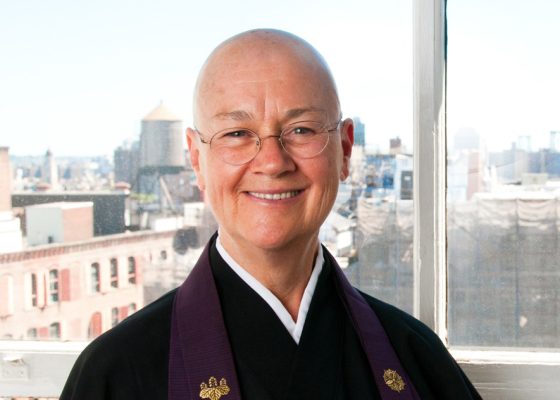
According to Zen tradition, zazen, or meditation, is the dharma gate of ease and joy. In this retreat, Roshi Pat Enkyo O’Hara of New York City’s Village Zendo guides us to a place where we can find peace and restfulness in our practice. And from this place of ease, we can move on to the sense of joy that meditation can produce. Joy, Enkyo Roshi says, has “a leaping quality.” How many of us can claim to have this in our meditations and in our lives today?
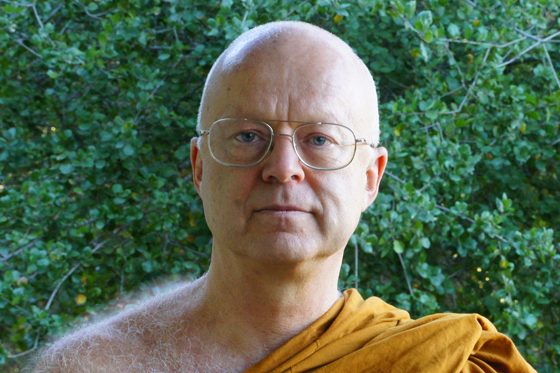
The ten paramis or perfections provide the most useful framework for guiding Dharma practice in daily life. Any activity or relationship approached wisely with the primary purpose of developing the perfections in a balanced way becomes part of the practice.
The perfections also provide one of the few reliable ways of measuring the accomplishments of your life. “Accomplishments” in the realm of work and relationships have a way of turning into dust, but perfections of the character, once developed, are dependable and lasting.